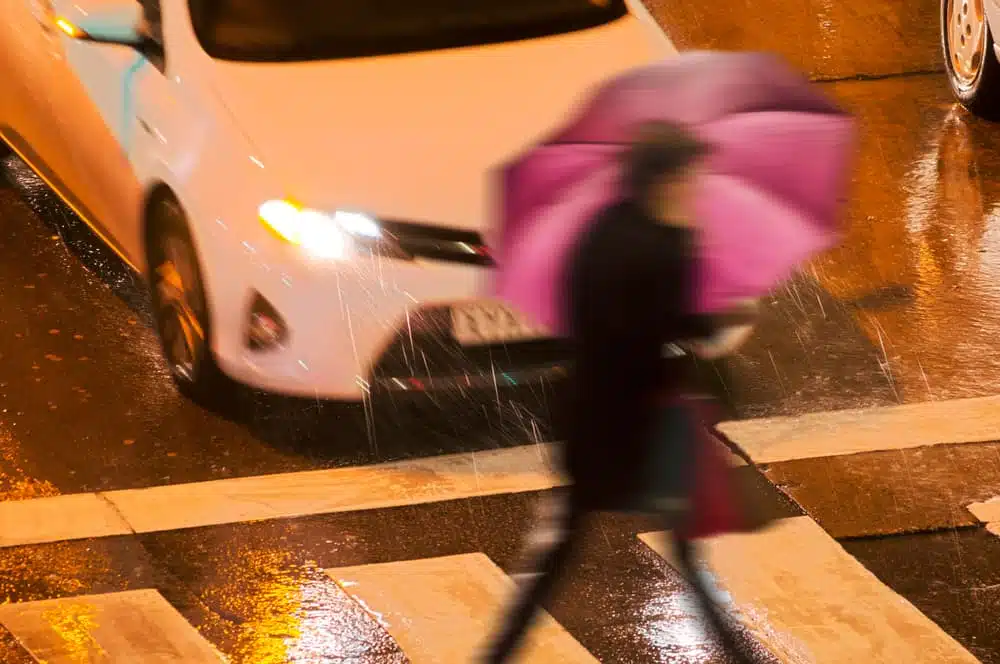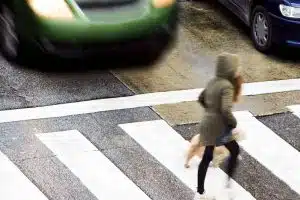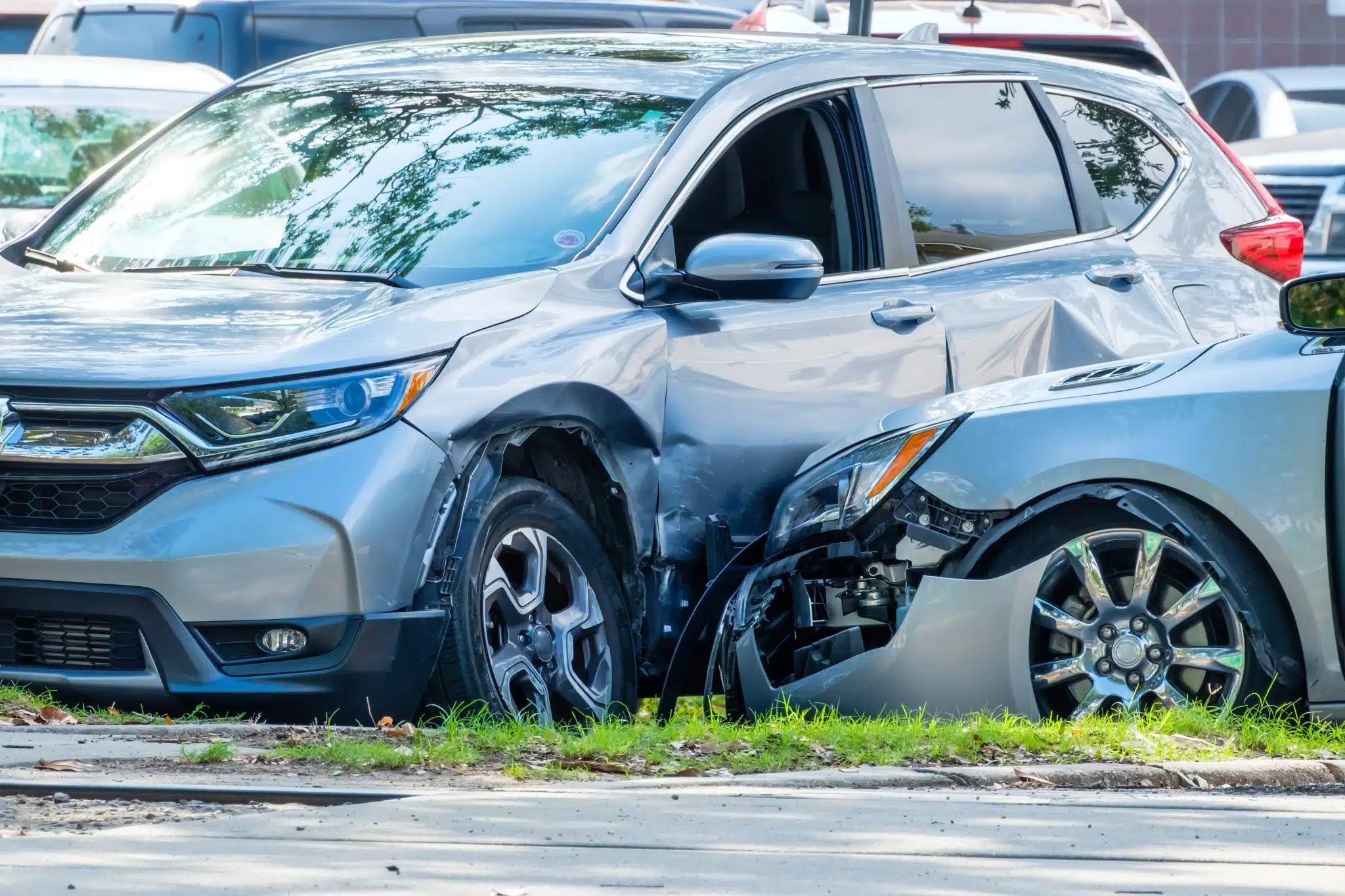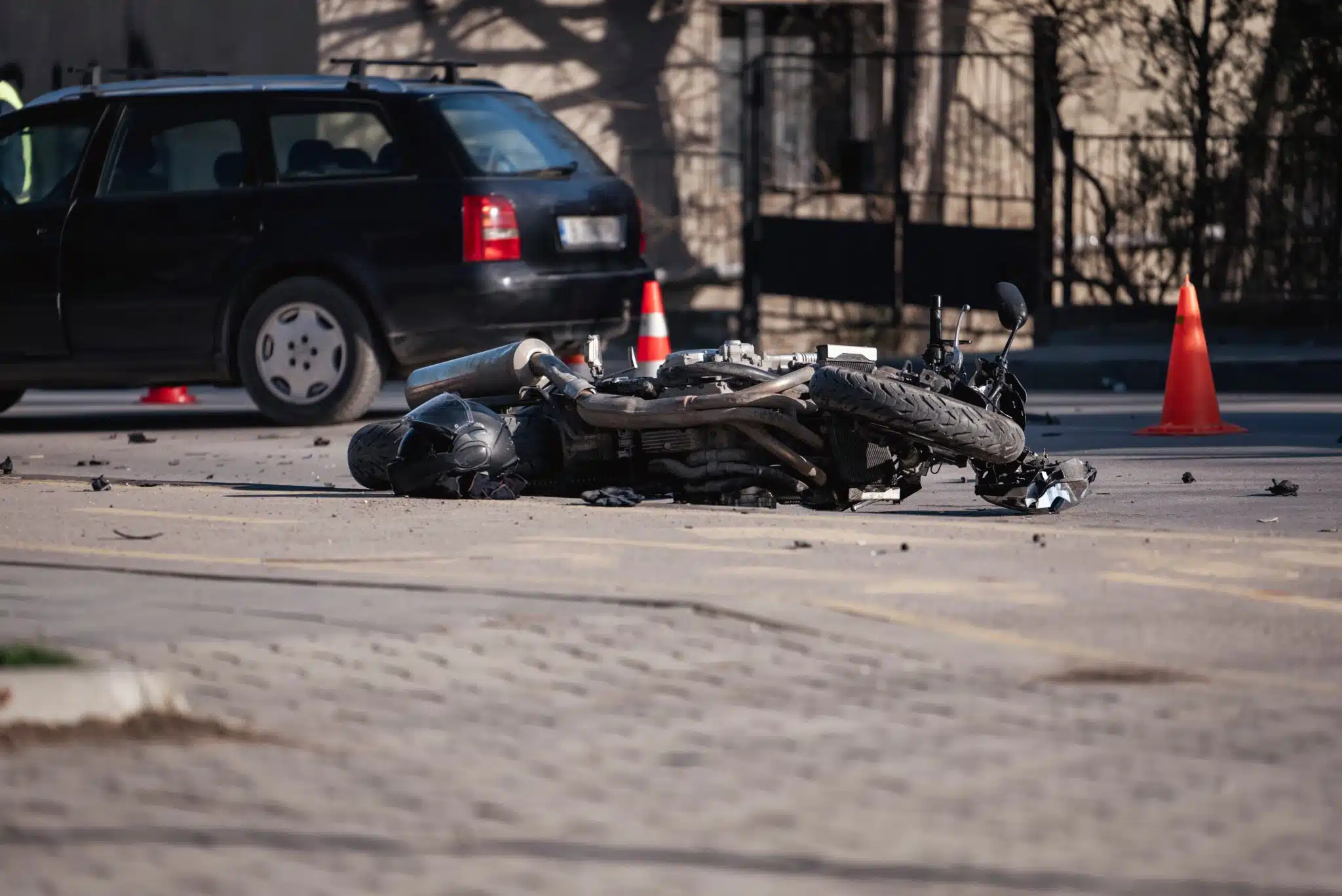
Experiencing a pedestrian accident can turn your world upside down, leaving you with a whirlwind of emotions – shock, fear, anger, and confusion. It’s not just the physical injuries that hurt; the emotional toll runs deep. You might find yourself struggling with anxiety, depression, mood swings, and post-traumatic stress as you try to make sense of what happened.
In times like these, it helps to understand why these accidents happen and what rights you may have as someone who’s been hurt. Equipping yourself with knowledge about why these accidents occur, understanding your rights, and reaching out to pedestrian accident lawyers in your area for legal support that may be vital for getting back on your feet.
7 Common Causes of Pedestrian Accidents
1. Distracted Driving
Distracted driving has been a major hazard on the roads for decades, even before the widespread use of cell phones and mobile devices. Drivers have always been susceptible to distractions like eating, adjusting the radio, tending to passengers, or even reading while behind the wheel. However, the prevalence of smartphones and infotainment systems has increased the problem significantly in recent years.
According to the National Highway Traffic Safety Administration (NHTSA), distracted driving claimed 3,522 lives in a recent year. Distractions can take a driver’s eyes off the road, their hands off the wheel, and their mind off the task of driving, dramatically increasing the risk of colliding with a pedestrian or other obstacle.
Many states have enacted laws prohibiting texting while driving or the use of handheld devices to curb distracted driving. However, distraction remains a persistent issue that requires drivers to make a conscious effort to keep their eyes, hands, and minds focused on the road at all times.
2. Speeding
Driving above the posted speed limit is consistently one of the leading causes of motor vehicle accidents, including those involving pedestrians. In fact, a recent study found that for every 1% increase in a vehicle’s speed, the likelihood of being involved in a crash increases by 2%.
Speeding not only increases the chances of a collision but also the severity of injuries sustained. The study revealed that for every 1% increase in speed, the risk of serious injury rises by 3%, and the likelihood of a fatality increases by approximately 4%.
Excessive speed reduces a driver’s reaction time and increases the distance required to bring the vehicle to a complete stop, making it more difficult to avoid collisions with pedestrians or other obstacles. Speeding also magnifies the forces involved in a collision, leading to more severe injuries for pedestrians who lack the protective structure of a vehicle.
3. Failing to Yield the Right of Way to Pedestrians at Crosswalks
Pedestrians have the legal right of way at marked and unmarked crosswalks, even when there are no crossing lights or signals present. However, many drivers fail to yield to pedestrians in these designated crossing areas, leading to a significant number of accidents and injuries.
Interestingly, studies have shown that drivers are more likely to fail to yield when making left turns than right turns. This is often because drivers are focused on looking for gaps in oncoming traffic when turning left, and they may not notice pedestrians in the crosswalk until it’s too late.
4. Disobeying Traffic Signs or Signals
While many people assume that running red lights or stop signs is a major contributor to pedestrian accidents, the data suggests otherwise. Studies have found that more than 10% of stop sign accidents involve a vehicle running through the intersection without stopping.
More commonly, drivers do stop at intersections but then either fail to notice pedestrians in the crosswalk or fail to yield the right of way to them. In fact, 70% of crashes at intersections controlled by stop signs are caused by drivers who stop but then fail to yield to pedestrians.
The statistics are slightly different for intersections controlled by stoplights, but the underlying issue remains the same – drivers who disregard traffic signals or fail to properly scan for pedestrians are a significant hazard.
5. Failing to Signal While Turning
Pedestrians have a responsibility to exercise caution and follow traffic laws, such as using designated crosswalks and obeying signals. However, they also rely on drivers to signal their intentions clearly, particularly when making turns at intersections.
A self-report study found that over half of Americans don’t use their turn signals when they should. When drivers fail to signal their intention to turn, pedestrians may step into the crosswalk, unaware of the impending turn, leading to a collision.
Even if a pedestrian is technically in the wrong by entering the crosswalk without the signal, the driver’s failure to signal their turn can shift liability for the accident onto them under comparative negligence laws.
6. Disregarding Weather or Traffic Conditions
Many traffic laws require drivers to travel at a prudent speed, taking into account weather, traffic conditions, and other factors, regardless of the posted speed limit. Disregarding these conditions and driving at or above the posted limit when it is unsafe can result in the driver being held liable for a pedestrian accident, even if the pedestrian contributed to the crash in some way.
Drivers have a responsibility to adjust their speed and driving behavior based on environmental conditions to ensure they can safely navigate the roadway and avoid collisions with pedestrians or other obstacles.
7. Driving Under the Influence of Drugs or Alcohol
Impaired driving, whether due to alcohol, illegal drugs, or even certain prescription medications, significantly increases the risk of causing a pedestrian accident. According to the Insurance Institute for Highway Safety (IIHS), intoxicated drivers are responsible for 13% of all pedestrian accidents.
Even a single alcoholic beverage can begin to impair a driver’s ability to perceive and react to hazards on the road. After just a few drinks, an average person may experience reduced judgment, impaired coordination, dulled alertness, and a decreased ability to detect moving objects, all of which can lead to collisions with pedestrians.
Driving under the influence is not only illegal but also represents a significant threat to the safety of pedestrians and other road users. Drivers have a responsibility to remain sober and alert while operating a vehicle to avoid causing preventable accidents and injuries.
What Is a Driver’s Duty of Care?
A driver’s duty of care is a legal obligation to operate a motor vehicle in a reasonably safe manner, taking into account the circumstances and potential hazards on the road. This duty requires drivers to exercise reasonable care and caution to avoid causing foreseeable harm to others, including pedestrians.
The definition of “reasonable care” is not a fixed standard but rather depends on various factors, such as:
- Weather: Drivers must adjust their speed and driving behavior based on inclement weather, such as rain, fog, or snow, which can reduce visibility and traction.
- Lighting conditions: Driving at night or in low-light conditions requires increased vigilance and caution from drivers to detect pedestrians and other potential hazards.
- Traffic density: Heavily congested areas with a high volume of vehicles and pedestrians demand a higher level of care and attention from drivers.
- Pedestrian density: Areas with a high concentration of pedestrians, such as school zones, residential neighborhoods, or busy urban areas, require drivers to be especially alert and prepared to yield the right of way.
- Road conditions: Poorly maintained roads, construction zones, or other hazardous conditions necessitate drivers to exercise greater caution and reduce their speed accordingly.
- Vehicle condition: Drivers are responsible for ensuring their vehicle is in proper working condition, with functioning brakes, lights, and other safety features.
- Driver condition: Impairment due to fatigue, illness, or the use of alcohol or drugs can significantly diminish a driver’s ability to operate a vehicle safely and maintain their duty of care.
When a driver fails to exercise reasonable care under the given circumstances, they may be considered negligent. If a pedestrian is injured as a result of a driver’s negligent actions, the driver may be held legally liable for the victim’s injuries and losses.
This liability could result in the driver being required to pay financial compensation to the pedestrian or their family for medical bills, lost wages, pain and suffering, and other damages.
In essence, all seven of the common causes of pedestrian accidents discussed earlier stem from a driver’s failure to uphold their duty of care by operating their vehicle in an unreasonably dangerous manner given the circumstances.
By understanding and adhering to this legal obligation, drivers can help prevent tragic pedestrian accidents and reduce the potential for liability.
Understanding Your Rights as a Pedestrian Accident Victim
When involved in a pedestrian accident, it’s crucial to understand your rights and take appropriate action. First and foremost, seek medical attention immediately, even if your injuries seem minor. Some injuries, such as concussions or internal bleeding, may not be immediately apparent.
Document Everything
Once you have received medical care, document everything related to the accident. Take photographs of the accident scene, your injuries, and any other relevant details. Gather contact information from witnesses and obtain a copy of the police report.
Avoid Speaking to Insurance Companies
Insurance companies may attempt to contact you and obtain a statement regarding the accident. It’s advisable to avoid speaking with them until you have consulted with an experienced personal injury attorney. Insurance companies often try to minimize payouts or shift blame onto the victim.
Consider Legal Representation
Taking on a personal injury claim can be overwhelming, especially when you’re trying to recover from your injuries. Consulting with an experienced personal injury attorney can help ensure that your rights are protected and that you receive the compensation you deserve.
Don’t Settle With the Insurance Company Until You Do This
If you or a loved one has been involved in a pedestrian accident, consider seeking legal representation from Rothenberg Law Firm LLP. As a respected personal injury law firm, we have over 50 years of experience and have obtained billions in compensation for our clients.
With our compassionate approach and extensive experience, we’ll guide you through the legal process, ensuring that you understand your rights and options at every step.
Don’t take on the aftermath of a pedestrian accident alone. Contact Rothenberg Law Firm LLP today for your free consultation and explore your legal options. Our dedicated personal injury lawyers are committed to providing personalized attention and zealous representation and protecting your rights.






